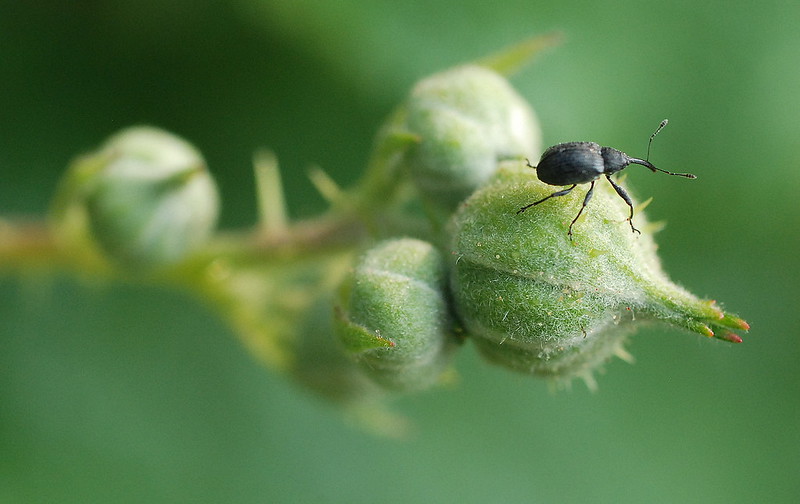Wondering if any can help me with a photography-realted dilemma.
I have a reasonable digital SLR (Nikon D80) which I use for taking pictures of furniture/joinery and not much else. For the last five years I have been using the 'kit' lens it came with which is a Nikon 18-70mm. I'm wondering if replacing this with a prime lens (35mm i.e. digital equivalent of 50mm) would give me a worthwhile increase in picture quality? Most of the pictures I take are round about this zoom level anyway.
I get reasonable results with the kit lens, but played with a friends much more expensive camera recently, which highlighted the limitations of my own. It would be good to improve things without having to buy a whole new camera....
I have a reasonable digital SLR (Nikon D80) which I use for taking pictures of furniture/joinery and not much else. For the last five years I have been using the 'kit' lens it came with which is a Nikon 18-70mm. I'm wondering if replacing this with a prime lens (35mm i.e. digital equivalent of 50mm) would give me a worthwhile increase in picture quality? Most of the pictures I take are round about this zoom level anyway.
I get reasonable results with the kit lens, but played with a friends much more expensive camera recently, which highlighted the limitations of my own. It would be good to improve things without having to buy a whole new camera....





































